November 17, 2014

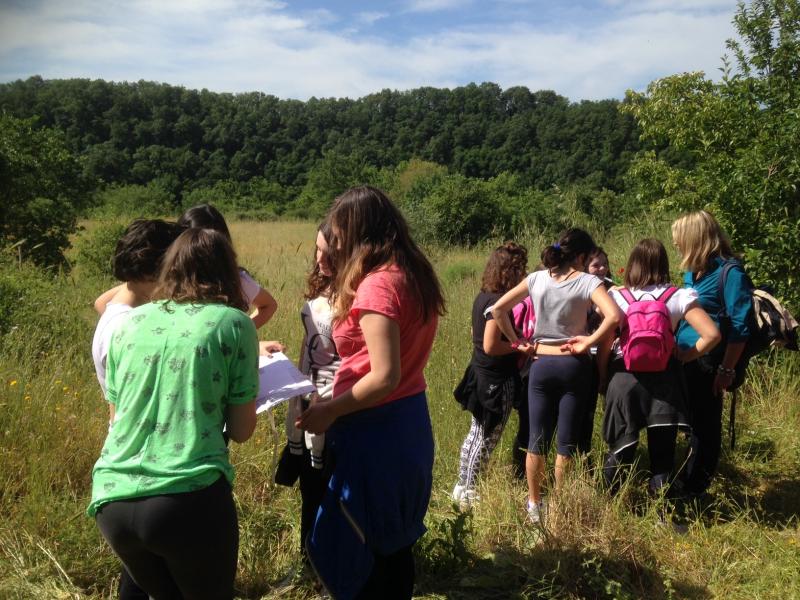
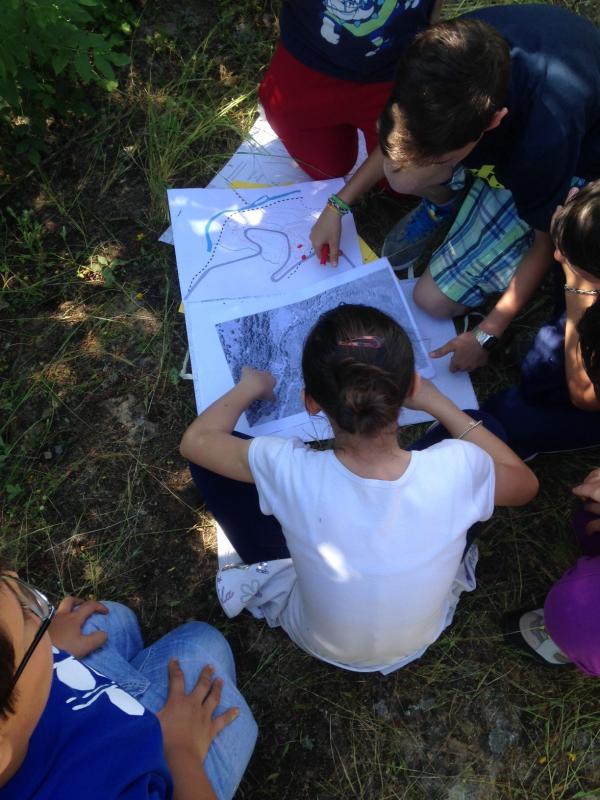







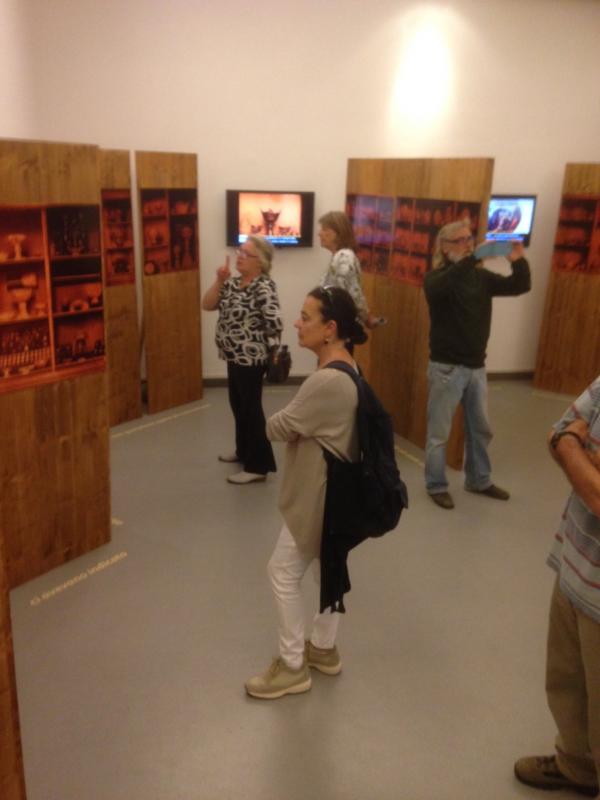










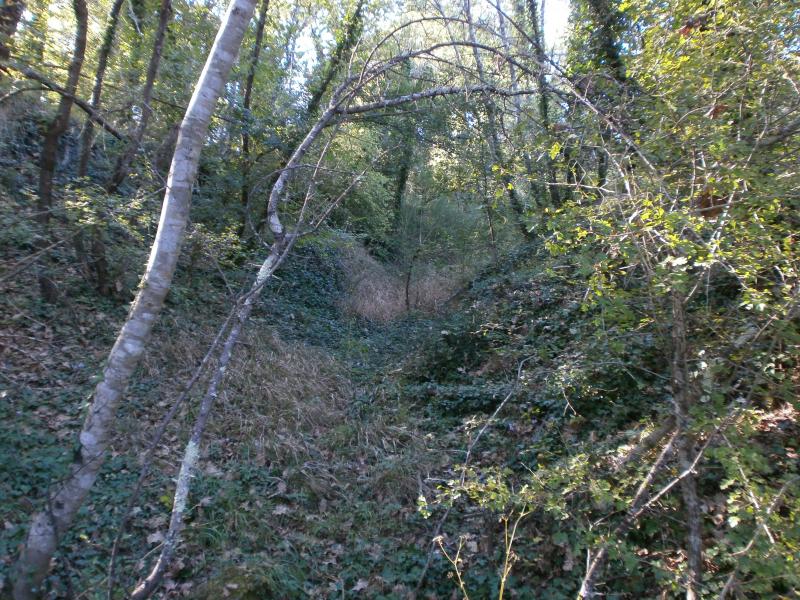

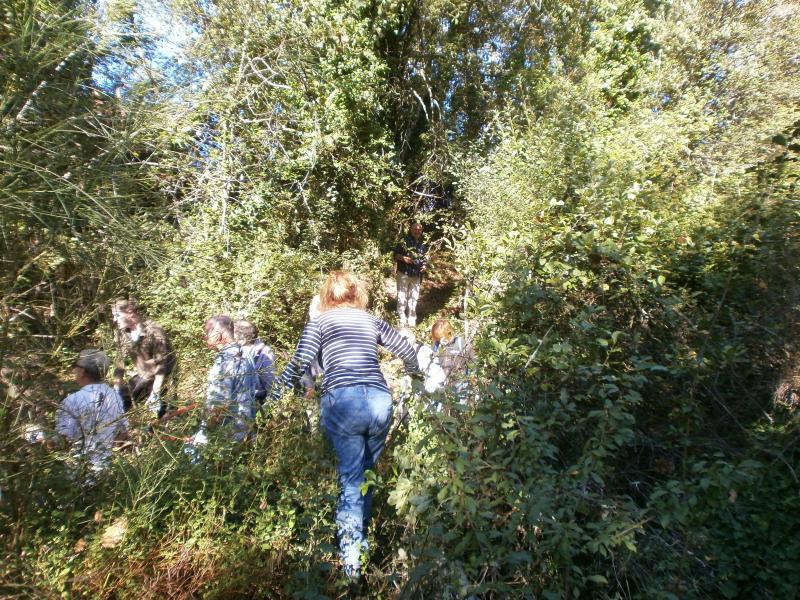









In the Spring of 2014, the AIA awarded a Site Preservation Grant to Adopting Narce, a preservation and outreach project at the ancient Faliscan town of Narce in Italy. Directed by Dr. Jacopo Tabolli of the Archaeological and Virtual Museum of Narce (MAVNA), Adopting Narce is designed to encourage the rediscovery and adoption of the archaeological site by the local community of Mazzano Romano.
Activities started in May 2014 and the project proceeded according to its original design on two levels: the outreach/public engagement focused on the discovery and protection of the site and the cleaning of the necropolis.
The first set of activities in May involved students of the local junior high school (Istituto Comprensivo di Campagnano di Roma – sezione di Mazzano Romano). Classes were held at La Petrina (the most important and longest-used necropolis at the site) and resulted in the “discovery” of the archaeological site by the students, the creation of their own maps of the necropolis, and the drawing of sketches for the new gate/entrance to the site. At this time, in addition to the school activities, a close collaboration with the rangers of the Regional Park Valle del Treja resulted in the first organized site cleanup which focused on removing the infesting weeds.
On May 11th, the Adopting Narce Project (ANP) hosted a “Night at the Museum” event that focused on the legal and illegal export to the United States of the archaeological finds from La Petrina. The activity was called “AmericaMazzano. Il racconto dell’emigrazione di vasi e genti da Mazzano Romano.” While doing research for the event, projector director Jacopo Tabolli discovered that the same ships that transported ancient artifacts to the US also carried emigrants from Mazzano Romano to America. To highlight this, ANP arranged a theatrical reading in the Theatre of Mazzano of the two parallel stories—the artifacts and the people from La Petrina—along with traditional folk songs of the Italian migration.
Photos from the first opening of the La Petrina exhibit at the Villa Giulia Museum recently discovered in the archives of Palazzo Venezia in Rome, showed images of single tomb-groups from the site. These photos allowed ANP to virtually recreate that display at the Archaeological and Virtual Museum of Narce (MAVNA, opened in September 2013). The exhibit was called: “Il Maggio di Narce (1892-2014). Rinasce a Mazzano Romano la prima esposizione delle tombe di Narce a Villa Giulia.” Visitors were able for the first time to visit this unique exhibition of La Petrina (most of these tomb-groups are now lost) and understand its important role in the history of Italian archaeology. More than one thousand visitors saw the exhibition.
As part of a special program, all summer activities at MAVNA focused on the discovery and protection of the site: “E…state dal Mavna alla Petrina.” A large portion of the local community as well as many scholars and visitors had the opportunity to visit the site, the geological survey of the region (Petrina in Italian means “small stone” and testifies the presence of several sarcophagi appearing over the surface of the hill), and the evening lectures about the site. In particular, the evening lecture in the abandoned church of San Nicola in the medieval center of Mazzano Romano on the “spaghetti-western” movie set at La Petrina had a great impact. Throughout the lecture, Tabolli used different parts of selected movies to narrate the archaeological record of the necropolis.
The entire summer was devoted to the organization of the first major intensive cleaning activity at the site, scheduled for September 28th. The infesting weeds, which covered the plateau and the valley as well as the funerary altar since the 1960s, were removed along with a lot of trash, especially in the area of the ancient funerary road that ascends the necropolis. The path is now, for the first time, accessible in its ancient course. The funerary altar was cleaned revealing tombs (previously looted) on all its four sides. In addition, it is now easy to reach the site from the main street as access to the upper plateau has been cleared and cleaned. The cleaning of the site was carried out with the collaboration of the Association of Volunteers “Mondo Borgo.”
The AIA is excited about these initial successes at Narce and the tremendous progress that is being made at the site. “Adopting Narce: Rescuing a Forgotten Past” is a fantastic example of the importance of communities in the survival of archaeological heritage.
Join the AIA in supporting communities that make a difference by making a donation to the Site Preservation Program.